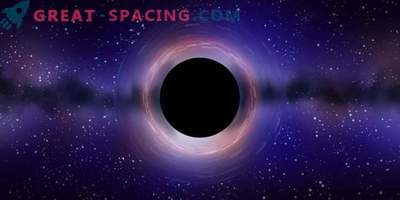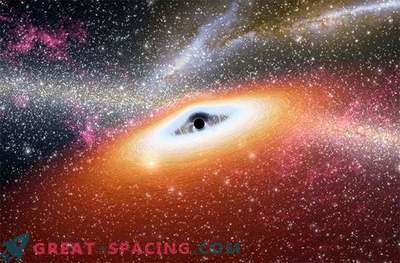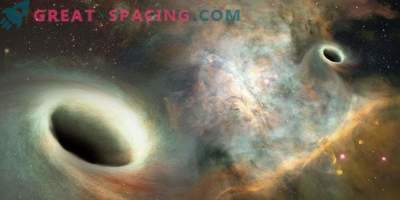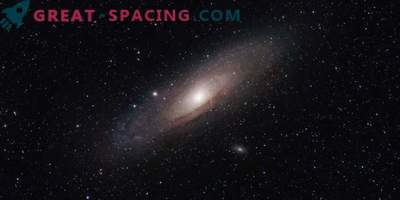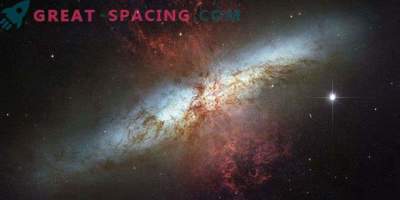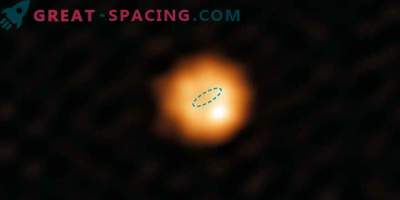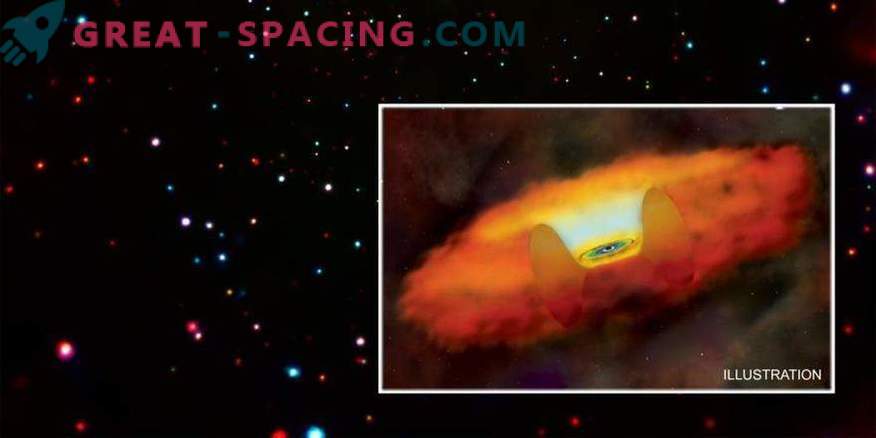
In astrophysics they are still trying to solve a riddle: how exactly did black holes form and grow in the early Universe? A new study, supported by the Chandra Observatory and the Sloan Digital Sky Survey, suggests that the answer lies in exactly how black holes absorbed material in the first billions of years since the Big Bang.
We know that the Big Bang, dating back 13.8 billion years ago, was the beginning of everything. And there is evidence of this - supermassive black holes, whose mass exceeds the sun one billion times, and age - 12.8 billion years. That is, they appeared in the first billions of years after the event.
It is important to understand that this is not a spontaneous phenomenon. It takes a long time to absorb such a huge amount of material. When a substance falls into a hole, it heats up and creates powerful X-rays. Black holes with a fast growth rate in the early universe should get into the lens of the Chandra telescope. But they turned out to be elusive, and we have only a few candidates.
To deal with the problem, the researchers examined various models and tested on x-ray and optical data. It turned out that 200 million years ago, only 3% of black holes were fed in active mode. The results obtained from the assumption that the growth of the hole can exceed the Eddington limit - the external pressure of the hot gas rays balances the internal gravity of the hole. It turns out that only a small part of the galaxies in the period of the first billion years had supermassive black holes. Although many are shaded by thick foggy haze, an X-ray survey could penetrate.
The analysis was based on the assumption that the first black holes reached hundreds of solar masses. These unique “seeds” are the remains of the first generation of massive stars, created several hundred million years after the Big Bang. As a result, scientists have found that black holes, due to rare outbreaks of intensive growth, are capable of reaching a billion solar masses from a tiny object when the age of space was a billion years. But the validity of these hypotheses can be confirmed after it is possible to find early black holes.

